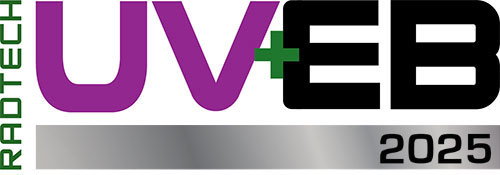CONFERENCE PROGRAM :: Monday, May 19
7:00 – 7:45 AM
Introduction to the Basics of UV/EB Curing*
Dr. Mike J. Idacavage, Radical Curing, LLC
*Open to all attendees
8:00 – 10:00 AM
1A: Metal Coatings
1B: Additives
1C: Bio-based
1D: Open Panel
8:00 – 8:45 AM
1D: Photopolymer Printing at Home – How to safely Nurture and Educate the Consumer Market
9:00 – 10:00 AM
10:00 – 12:00 PM – BREAK & EXHIBITS GRAND OPENING
12:00 – 1:00 PM
2A: 3D Printing 1
2B: Hot Melt Adhesives
2C: Gloss Control
2D: Coil Coating Panel
12:00 – 1:00 PM
1:00 – 3:00 PM – LUNCHEON
3:00 – 5:00 PM
3A: 3D Printing 2
3B: Packaging
3C: Durability & Weathering
3D: New Product Debut 1
AEROSIL® fumed silica as functional additive in 3D printing photo resin
Christian Bykovets, Evonik
New Products from EIT 2.0 LLC
Jim Raymont, EIT 2.0 LLC
BYK PFAS-free Micronized Wax Options for Superior Surface Enhancements in 100% UV
Mike Toth, BYK USA, Inc.
Photomer® 4184 U: Versatile Monofunctional Urethane Acrylate for High-Performance UV-Curable Solutions
Lizeth Mendez, IGM Resins USA Inc.
New Products and Technical Capabilities
Barbara Varone and Alex Mejiritski, Kowa American Corp
TotalSDS Author™: Simplifying SDS Compliance for UV & EB Innovations
Alex Milan, Veronica Marrero, TotalSDS
Sustainable Chemistry in Action: Bio-Based Oligomers for Industrial UV-Coatings
Franziska Trapp, hubergroup
TBD
Ryan Turner, GEW (EC) Limited
